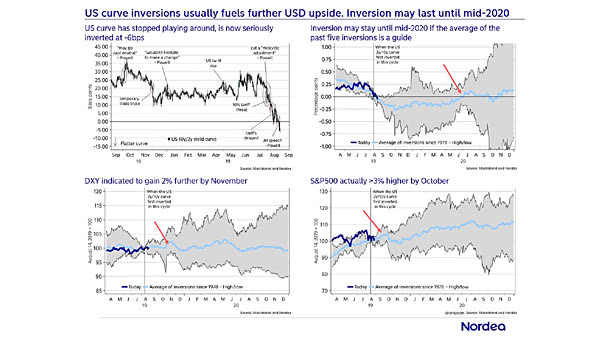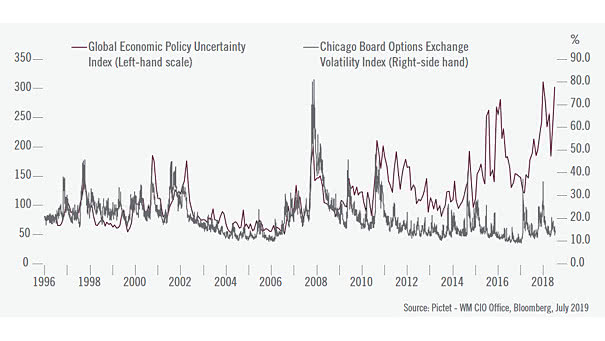Impact of an Inverted Yield Curve: S&P 500 and U.S. Dollar
Impact of an Inverted Yield Curve: S&P 500 and U.S. Dollar History tells us that the U.S. dollar and the S&P 500 could go higher, and the yield curve could stay inverted until mid-2020. Image:…


